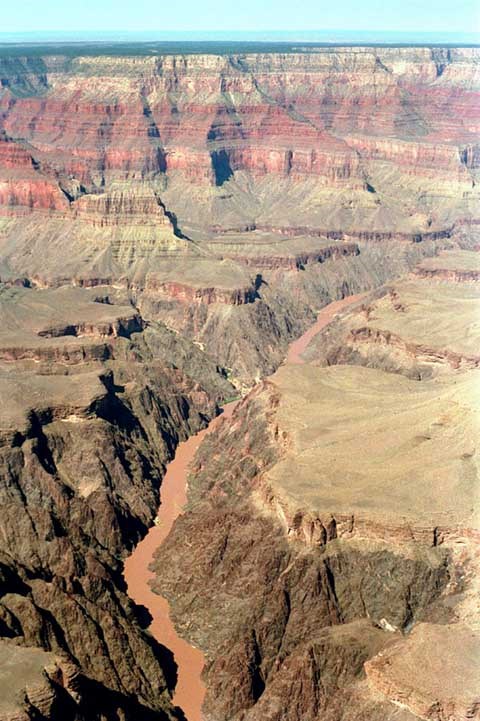
Grand Canyon National Park
Grand Canyon is one of the most studied geologic landscapes in the world.
Grand Canyon is considered one of the finest examples of arid-land erosion in the world. Incised by the Colorado River, the canyon is immense, averaging 4,000 feet deep for its entire 277 miles. It is 6,000 feet deep at its deepest point and 18 miles at its widest. However, the significance of Grand Canyon is not limited to its geology. Grand Canyon Species List Select a Park:Select a Species Category (optional):
Search results will be displayed here.
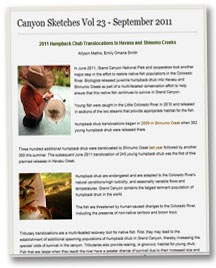
Quick Links to Special Grand Canyon TopicsCanyon Sketches eMagazine Home Page 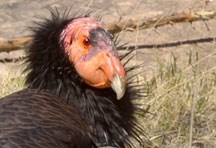
Today, the California condor is regarded as one of the rarest birds in the world. By the 1980's fewer than two dozen condors lived in the wild. Grand Canyon National Park has participated in the condor reintroduction program with encouraging results, making the park one of the easiest places to view California Condors. Learn how... 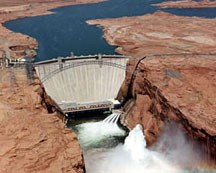
The construction and operation of Glen Canyon Dam fundamentally altered the Colorado River ecosystem. Because of the importance of the Colorado River to the Desert Southwest, it is not surprising that there has been, and continues to be, considerable debate over how to share and manage this natural resource. Learn more... 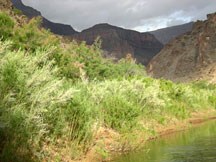
Tamarisk reached the Grand Canyon area during the late 1920s and early 1930s, becoming a dominant riparian zone species along the Colorado River in 1963. Learn what the park is doing to control and remove tamarisk in order to allow native vegetation to recover. Learn about the 2018 Cardenas Camp Restoration Project here. Learn about the 2013 Granite Camp/ Monument Creek Project here. 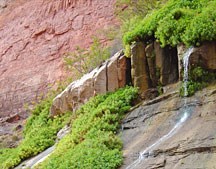
The Seeps and Springs Study inventories the biotic characteristics of South Rim springs and establishes a biologic baseline against which changes can be measured. From this data scientists hope to gain an increased understanding of riparian (streamside) habitats and thus protect Grand Canyon's seeps and springs from possible future impacts. You may also view the our recent video, Hidden Waters.
Grand Canyon Natural Sounds (This page is being updated) Natural sounds are an important part of Grand Canyon National Park. Rustling winds in the canyons and the rush of waters are the heartbeat and breath of some of our most valuable resources.
Biological Soil Crusts Soil Crusts retard erosion by wind and water, help retain soil moisture during dry periods, slow evaporation rates, and enhance seedling establishment. These living crusts are extremely fragile and one footprint can set back development for decades. 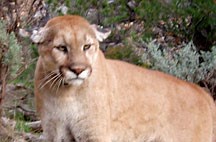
In 2003, National Park Service wildlife biologists at Grand Canyon National Park initiated a radiotelemetry study of mountain lions in and around the park. The purpose of this study is to gather information about lion behavior, including predation habits, reproductive activity, habitat selection, and other behaviors.
A Biologist's Biologist: Remembering Eric York Grand Canyon National Park biologist Eric York unexpectedly passed away in the fall of 2007. Learn about Eric's research on the park's mountain lions and share in our remembrance of this great man. Park staff honor Eric each day by carrying on his research, and by sharing his passion for big cats, wildlife and wild places.
Learn more about Grand Canyon National Park's World Heritage Site Designation. Examine a comprehensive Bibliography of Documents related to Grand Canyon National Park. |
Last updated: July 16, 2018
